Exploring New York’s Industrial Past in "Cathedrals of Industry"
Join photographer Michael L. Horowitz for a journey through 50 years of photographs!


Closed and abandoned since 1996, Kings Park Psychiatric Center stands as an otherworldly relic situated in Nissequogue River State Park in the hamlet of Kings Park, New York on Long Island. Over the course of its 111-year history, Kings Park Psychiatric Center served as the nucleus of the surrounding community for generations. The town’s local economy depended on its very existence. Residential development rose since the hospital offered local employment opportunities. The idea of having a mental institution was not seen as a negative, but rather something that instilled a sense of civic pride. At the height of its operation in 1954, the hospital treated over 10,000 patients, making it the largest institution of its kind at the time.
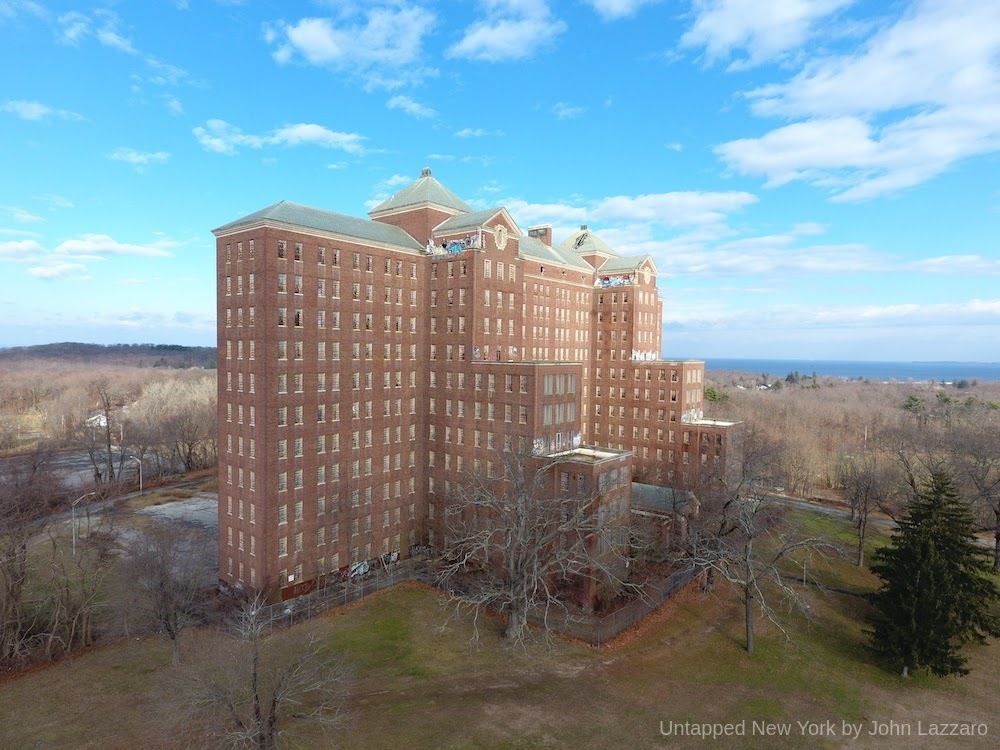
Join photographer John Lazzaro for a virtual exploration of the abandoned sites on Long Island, including Kings Park featuring photographs from his new book A Vanishing New York: Ruins Across the Empire State. This virtual event can be viewed in the Untapped New York Insiders on-demand video archive, which contains over 200 virtual webinars! Not an Insider yet? Become one today and get your first month free with code JOINUS.
The advent of psychotropic drugs led to a decreased need for long-term treatment of the mentally ill. Buildings on the grounds of King Park Psychiatric Center started to shut down or operate at a limited capacity when this new form of treatment gained popularity. In November 1996, the last patients at Kings Park Psychiatric Center were transferred to the nearby Pilgrim State Psychiatric Center. While the park is a convenient haven for locals, the remains of Kings Park Psychiatric Center have become a mecca for thrill seekers, urban explorers, and local historians alike.
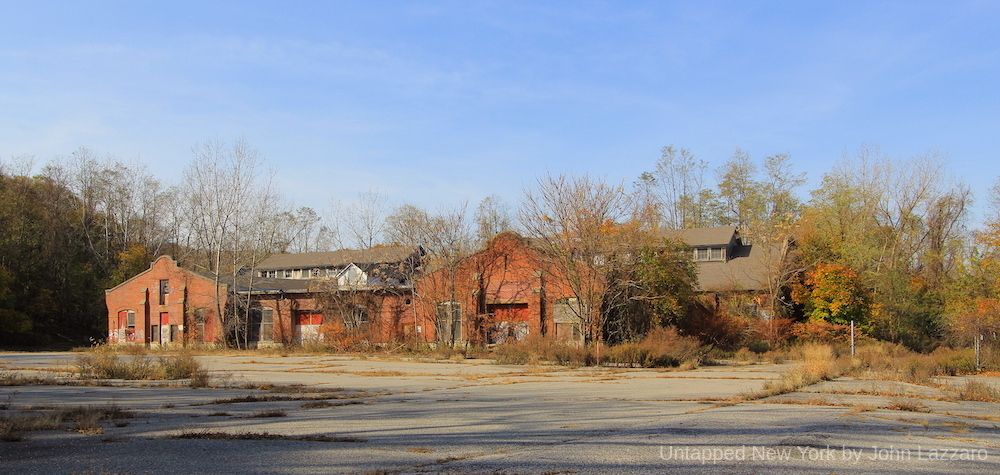
In the 1880s, Kings County Asylum in Flatbush, Brooklyn was suffering from the same overcrowding and lack of funding that afflicted many hospitals at the time. At the behest of Hospital Superintendent Dr. John C. Shaw, Kings County purchased 873 acres of land in the hamlet of St. Johnland (now Kings Park) with the intention of establishing a ‘lunatic farm’ in a more environmentally suitable location, particularly one with a large tract of land where separate buildings of various sizes could be built to form a small village with homelike surroundings.
Dr. Shaw believed this change in milieu would improve patients’ chances of recovery. With that, three small cottages were constructed to house 23 female and 32 male patients from the asylum in Flatbush. Within two years, the patient population grew to over 200. As a form of occupational therapy, patients were set to work clearing the land for a future farm and additional cottages for more patients. By the turn of the century and now under state control, the new hospital officially separated from the Kings County Lunatic Asylum and became the Kings Park State Hospital — a name it would carry until the 1970s before it was finally changed to the Kings Park Psychiatric Center.
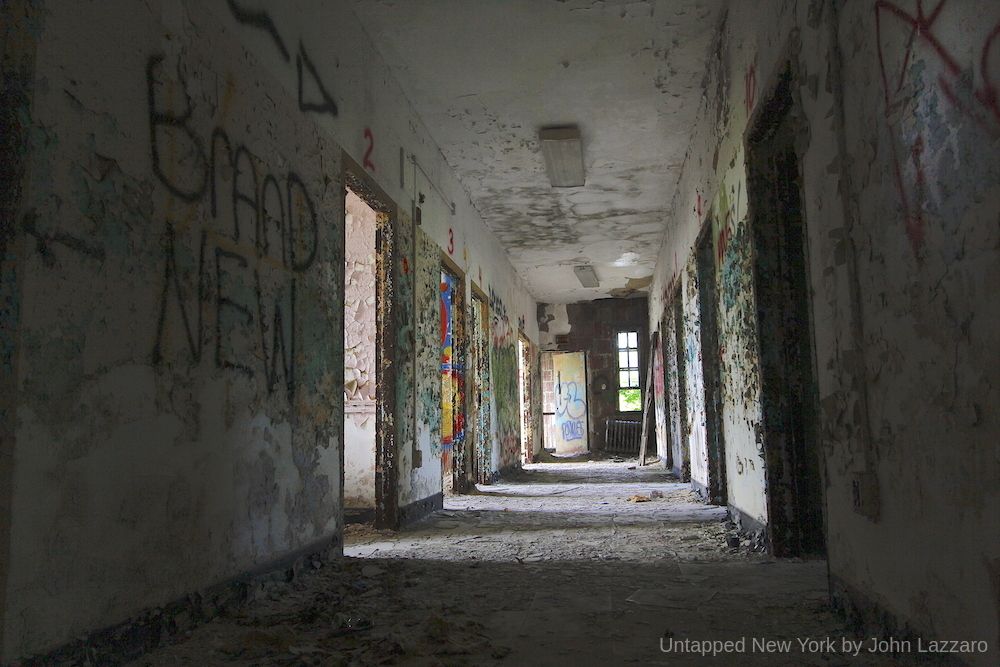
As the population of New York State grew, so did the patient numbers at Kings Park. Newly arriving patients were admitted before the paint had dried on the walls. Over the next 40 years, 150 buildings would operate on the grounds to meet the expanding needs of the hospital. The year 1925 in particular saw the busiest year of expansion at the hospital. Following a recommendation from New York Governor Alfred E. Smith, the legislature approved $1,500,000 for the construction of a hospital for New York State veterans to be affiliated with Kings Park.
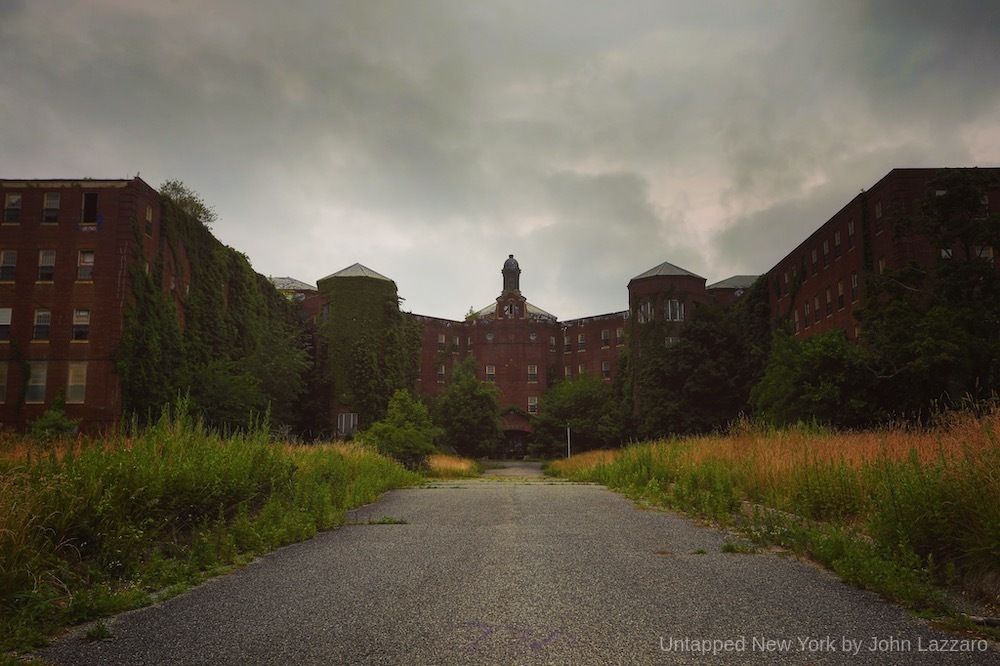
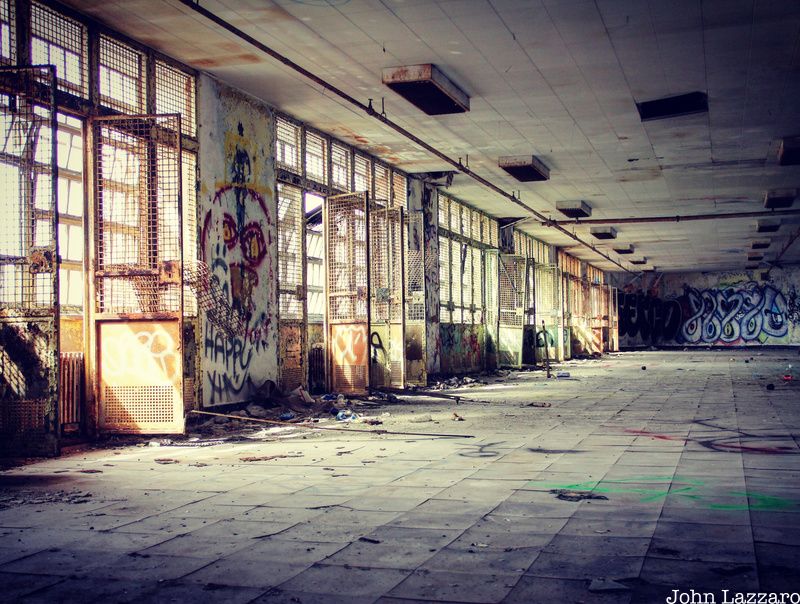
Construction began on the Veterans’ Memorial Hospital Unit with Building 125 serving as the administration building. Building 136 was added as a medical support building, Building 138 was for patient wards with Building 139 as a kitchen and dining hall for those wards. Separately, Buildings 40, 41, and 42 were completed for geriatric and ambulatory patients. Two wards were set aside to treat patients with schizophrenia using insulin-convulsive therapy. Building 93, the largest and most recognizable building on the grounds, was built from 1939-1941 to serve as an infirmary for chronic and geriatric patients. Bedridden patients were treated on the top floors, semi-invalids on the middle floors, and able-bodied patients on the bottom floors.
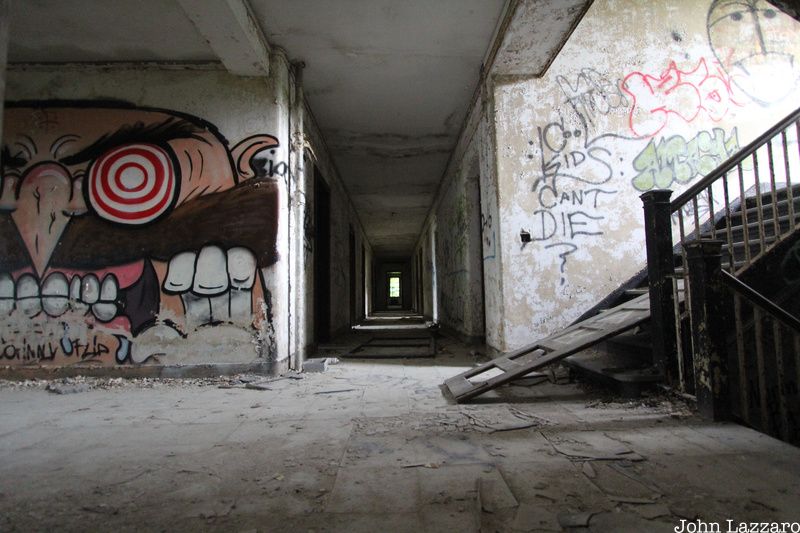
When Thorazine was invented in 1955, 5% of the patient population at Kings Park started receiving psychotropic drug therapy. New York State completed the Mental Health Study Act, which called for the abolition of state hospitals and the redirecting of federal funds to build community centers for the mentally ill. Farm buildings on the grounds had phased out, as it became far cheaper to import food. Another change came in 1965 when Medicare and Medicaid were established in New York State. Both contained provisions for mental health treatment, but the care provided by state hospitals was not covered and mentally ill people under the age of 65 were ineligible for Medicaid benefits. As a result, large numbers of geriatric patients were transferred from state hospitals to nursing homes. The hospital began the slow and steady process of closing its buildings and leaving them abandoned. Building 93 in particular, began to close from the top floors down, leaving a graveyard of patient beds in the basement.
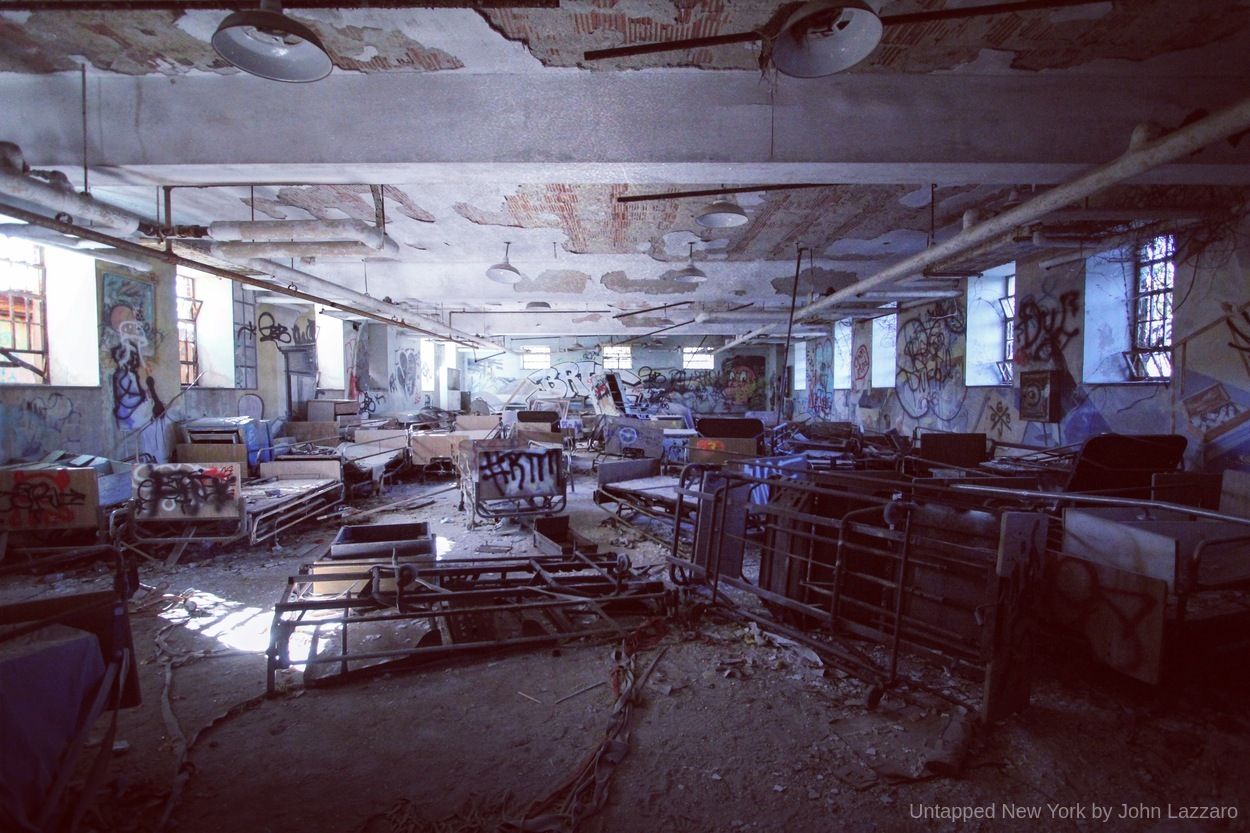
The proverbial nail-in-the-coffin to Kings Park Psychiatric Center came in 1993 when the New York State Community Mental Health Reinvestment Act mandated that all savings realized from the closure of unneeded state psychiatric centers would be funneled into various community mental health programs; a process widely know as deinstitutionalization. By 2000, a portion of the Kings Park Psychiatric Center was turned into Nissequogue River State Park. Since the grounds were turned over to the New York State Office of Parks, Recreation, and Historic Preservation, the land itself became legally protected from residential and commercial redevelopment. By the end of 2006, the remaining acres of the hospital land were added to the state park. The buildings, cited by the state as “inhospitable to be redeveloped,” began to atrophy.
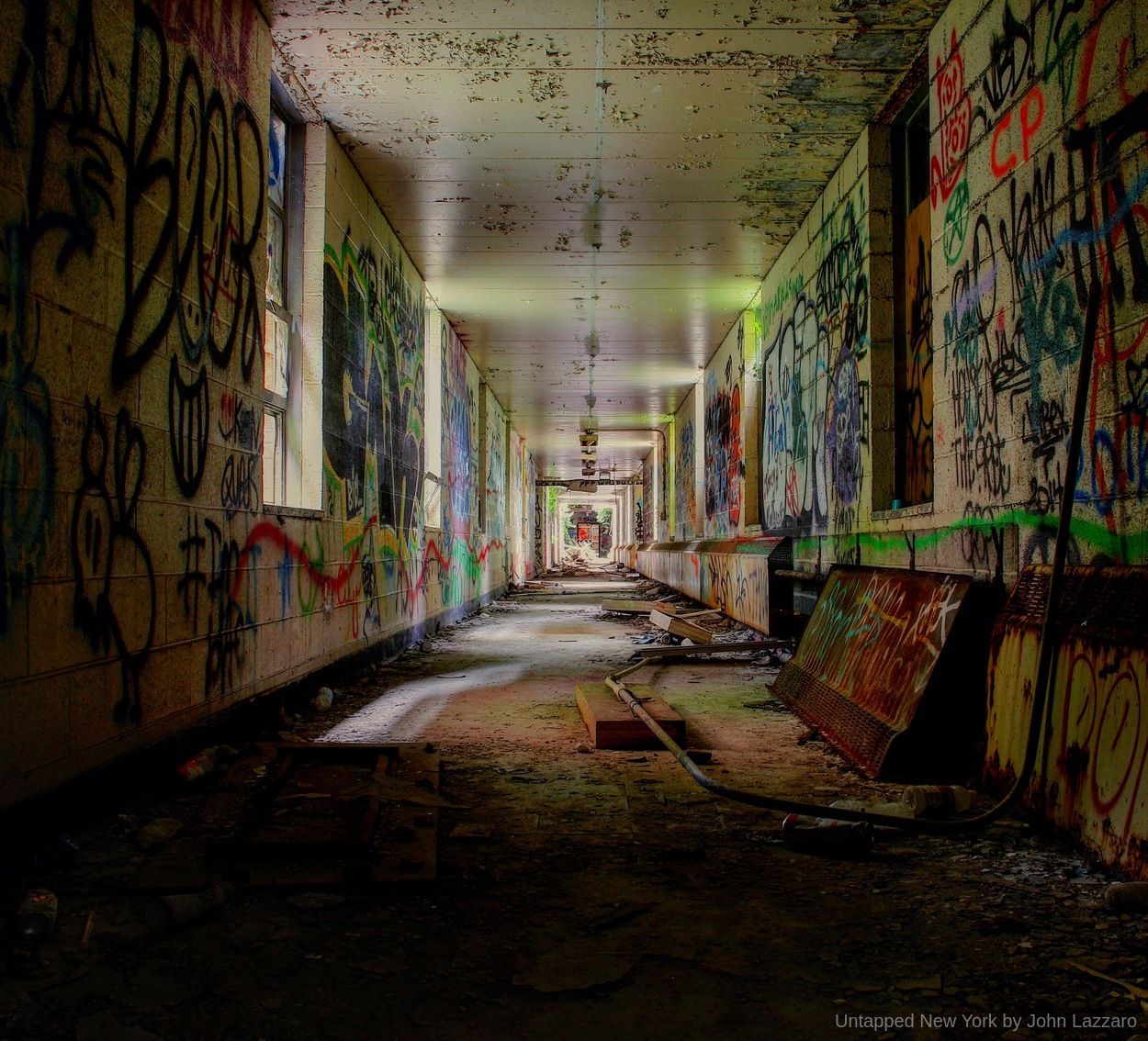
Today, less than 30 hospital buildings remain of what was once one of the largest institutions for the mentally ill in the nation. These photos show the result of more than 20 years of abandonment and decay.
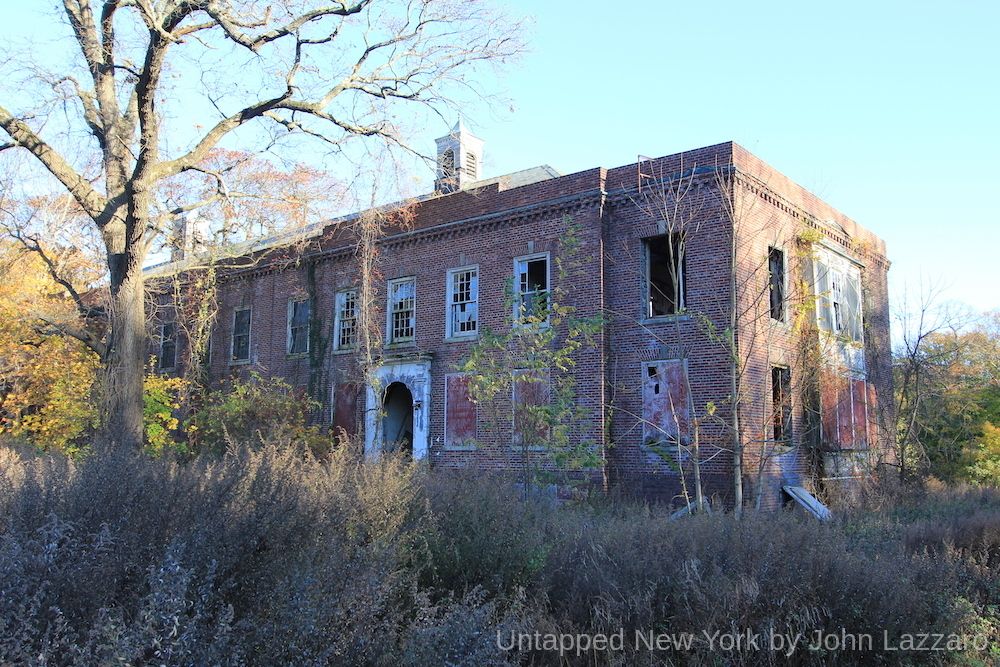
Today, some new buildings are going up, while older ones are being torn down. Building 40 (MRU/daycare for employees) was demolished in recent years and a new building for the Department of Environmental Conservation was constructed. In November 2022, a Draft Master Plan for renovations to Nissequogue State Park was released. The plan calls for both the demolition and adapt re-use of many of the hospital buildings.
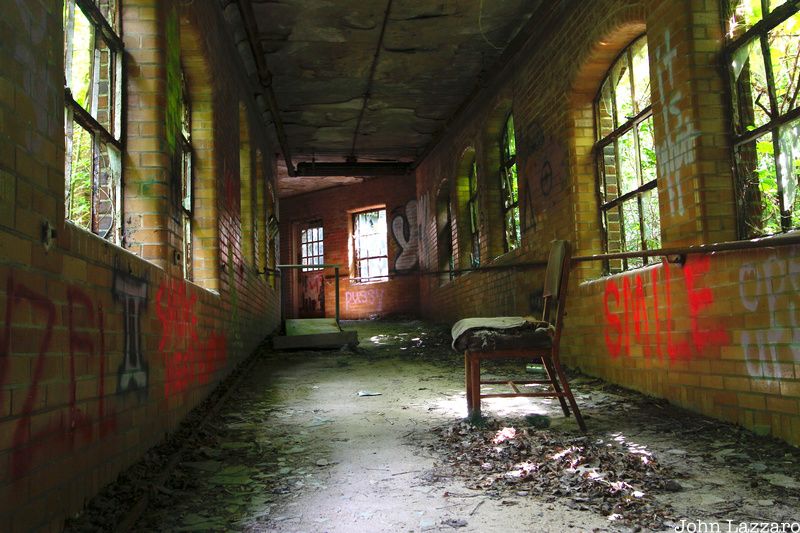
For a nice walk in the publicly accessible portion of the former Kings Park Psychiatric Center, start at the traffic circle at the end of Kings Park Boulevard and walk towards the river. You’ll find the Georgian-style homes for physicians and staff, the old curved roads with street lamps, and various other treatment buildings. Learn more about Kings Park and other abandoned sites across Long Island in a virtual talk with the author on March 1st!
Editor’s Note: This article was written by photographer John Lazzaro. In his book, The Walls Still Talk: A Photographic Journey Through Kings Park Psychiatric Center, Lazzaro documents the decades of neglect and decay of the Kings Park Psychiatric Center in Kings Park, NY as a result of deinstitutionalization. You can purchase Lazarro’s books The Walls Still Talk: A Photographic Journey Through Kings Park Psychiatric Center and his latest release, A Vanishing New York: Ruins Across the Empire State, on his website.
Next, check out The Abandoned Kings Parks Pysch Hospital Ruins Inside Nissequogue River State Park and 12 Abandoned Hospitals in and Around NYC
Subscribe to our newsletter